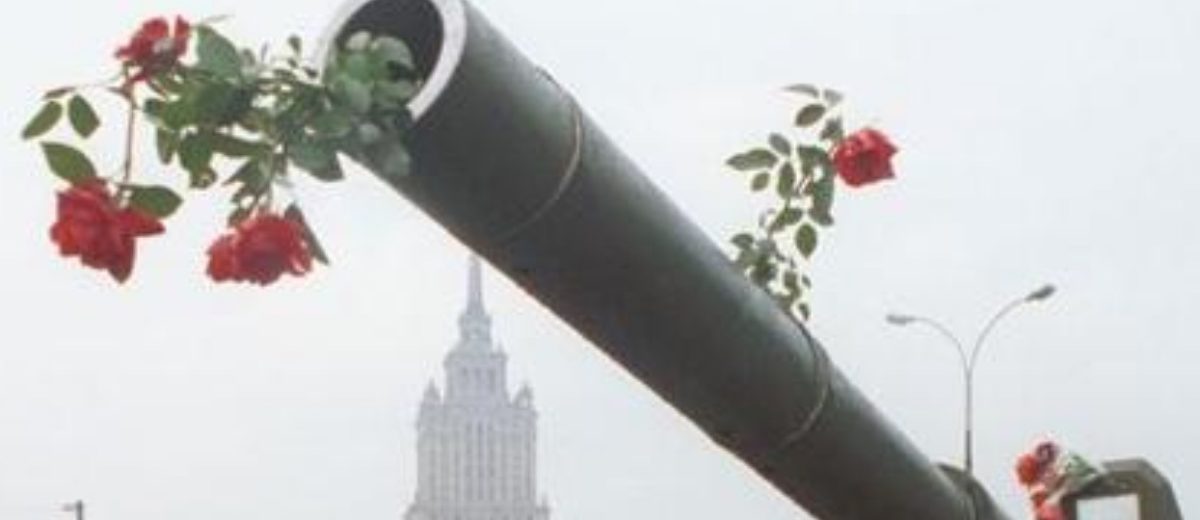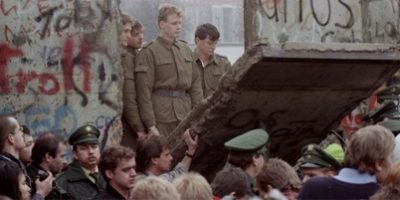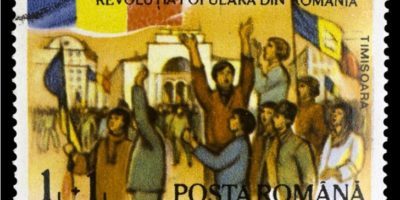The twelfth in a series on the spiritual revolution behind the fall of communism thirty years ago.
The celebration in 1988 of the millennium of Christianity in the Soviet Union was a major catalyst precipitating the end of both communism and the empire.
In 988, the Grand Prince of Kiev, Vladimir the Great, converted to Christianity from Slavic paganism after consolidating modern-day Belarus, Russia and Ukraine. A large statue of St Vladimir overlooks the Dnieper River in Kiev close to the spot where traditionally he was baptised.
In April 1988, Mikhail Gorbachev, the general secretary of the Communist Party, agreed with the requests of Russian Orthodox Patriarch Pimen to return church buildings, reopen monasteries and relax restrictions on freedom of conscience and worship. In return Gorbachev wanted Christians to support his policy of perestroika (restructuring), which involved glasnost (openness) and demokratizatsia (democratisation). Since his election in 1985, Gorbachev had conceded major changes in response to the flagging Soviet system, and tried to move towards a ‘socialism with a human face’. He accepted also the need to end the Cold War as the Soviet Union were having to invest 20 percent of its GNP on defence, compared to 6 per cent for the US and 3-4 per cent for European nations.
In 1988 he wrote of the need to ‘lift the individual spiritually, respecting his inner world and giving him moral strength’. His mother, a devout Orthodox believer, had had him baptised as a baby. His grandparents kept icons hidden behind photos of Lenin and Stalin. A 1992 interview revealed his openness to people of faith when he said: ‘I am an atheist… but for a long time have drawn comfort from the Bible. Ignoring religious experience has meant great losses for society.’ For perestroika to succeed, he knew he needed Christian support.
Open door
Perhaps he opened the door further than he intended. During this commemoration year Christian leaders from all around the world, including a large Vatican delegation, converged on the Soviet Union. The world watched as President Reagan talked about religious liberty when visiting the restored Danilov Monastery, the headquarters of the Russian Orthodox Church on the banks of the Moskva River in Moscow. That summer, thousands of Baptists and other believers gathered in Kiev on the site of Vladimir’s baptism. Filling churches to overflowing, believers were asked to make room for non-believers to sit inside. Thousands marched together into the city centre to pray into the night around a statue of Lenin. Crowds packed into theatres for evangelistic events during the eight-day millennial celebration in the capital of Moldova. Many heard the gospel for the the first time being freely preached and thousands professed faith that summer.
An unofficial jubilee committee led by well-known religious dissidents called for the release of all prisoners of conscience, laws guaranteeing freedom of religion and conscience, and the right to hold seminars during the celebrations. Amazingly they were granted their requests. Christians were reinstated in healthcare services; political and religious prisoners were released; emigration was sped up for victims of religious persecution; church buildings were reopened. Despite these new freedoms, the old violence still continued in places.
The Ukrainian Catholic Church, also called the Greek Catholic Church (Catholic in allegiance, Byzantine in rite), became a focal point for Ukrainians to resist Soviet and Russian hegemony, as it had since the sixteenth century when it emerged as a buffer between the Orthodox Church and the Catholic Church. Crowds in Kiev expressing both religious and nationalistic fervour gathered in support of the church, doubling from 100,000 in June 1989, to 200,000 in November.
That same month, Gorbachev met with John Paul II who told the Soviet leader in Russian: ‘It is necessary to reach a freedom, a democracy, a society that respects human beings as the supreme value. It is necessary to give people the ability to choose, including the ability to choose their religion.’
Coup
While 1989 was the year of decisive break with Soviet hegemony for the DDR, Poland, Hungary, Czechoslovakia, Romania and Bulgaria, independence for the Soviet republics came two years later. The Baltic states as well as Armenia and Georgia were breaking free of the Soviet grip, and even the Russian Republic under Boris Yeltsin declared its sovereignty in June 1990, limiting Soviet control.
In August 1991, Vice-President Gennady Yanayev led a core of hard-line communists wanting to restore old-style marxist control. While Gorbachev was on holiday in Crimea, they announced he was ill and declared a State of Emergency. They ordered tanks and troops to surround the White House, the parliament building in Moscow, re-imposed press restrictions, banned demonstrations and announced curfews.
However, crowds swelling to thousands barricaded the White House, and Yeltsin ordered army and KGB units to stand down. It was a fateful moment of decision. Several Christians played key roles in persuading the army to back down. Among them, Russian Orthodox priest Father Alexander Borisov, newly elected to the Moscow City Council, convinced the council to appeal to the troops not to attack civilians: ‘You are accountable to God. “Thou shalt not kill”’.
Christian dissident Alexander Ogorodnikov, who had spent nine years in prison, was among the first to confront the soldiers outside the parliament with written appeals. He and others began to build a human chain around the parliament, with Yeltsin, his government members and journalists inside. Priests dispensed communion to the protestors aware they could easily be crushed by the tanks if the drivers obeyed orders. Ogorodnikov pleaded with an officer, ‘Don’t shed the blood of our Russian people.’ By the second day of the coup, three people had been killed by bullets or tanks.
In his priestly robes, Father Alexander helped distribute thirty boxes of New Testaments to the soldiers manning the hundred tanks besieging the parliament, crossing himself as he approached each tank. Shirinai Dossova, a dynamic evangelist and church planter whom my wife and I know personally, rapped persistently on the hatch of a tank until a bewildered soldier opened it to see a Bible being thrust towards him. ‘Are you going to kill us?’ she asked. ‘It says in this book that you must not kill!’
When power was cut off from the parliament building at midnight on the second day, attack seemed imminent. But when dawn broke, no attack had come. Instead, the tanks and troops withdrew. Within 48 hours, the coup leaders were all under arrest. By December, the USSR had been dissolved and replaced by the Commonwealth of Independent States.
Later the head of the prosecution investigating the coup credited Yeltsin and the unarmed defenders surrounding the White House with having defeated the coup. Conscience had prevailed over tanks.
Till next week,



